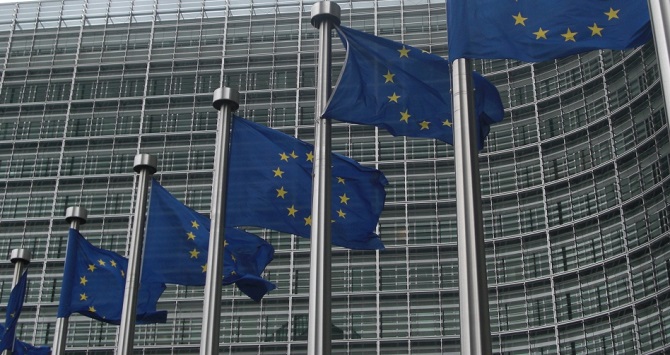When Wikileaks began to publish the US cables in 2010, the mainstream media tended to drastically overestimate the rate at which they were being released – in part to support the myth that Wikileaks acted irresponsibly. But cooler analysis showed that the site – through its collaboration with the Guardian, the New York Times and others was in fact very cautious not to put military personnel and sources at risk. The cables in fact were trickled out: first just a few hundred of the more than 250,000 were released in a redacted and selected form, and later a broader range of media partners took the place of the Guardian and New York Times in doing the selection and redaction. By the end of July 2011 Wikileaks reported that only around 20,000 cables had been released. But in the last few days all that has changed. Now almost 65000 cables have been released and so far today nearly 14000 cables. Is this WL showing its real irresponsible colours and simply dumping the rest of the cables online?
No: for the following reasons:
1. Almost all of the current release is of unclassified cables.
2. They are still redacted/ modified, which means that key sources, names and information that could compromise sources or personnel are taken out.
It is not clear to me why these are being rushed out, nor if there is a connection between these events and the alleged destruction, by former WL staffer Daniel D-Berg, of key source material, but whatever the reason, this does not appear on the surface at least to be a drastic shift in policy or ethics on the part of Wikileaks.
What happens to the rest of the more sensitive cables remains a difficult question for WL, but with the passage of time and the fact a wide array of journalists and others have picked over the material for stories already, the toxicity of the material is in rapid decline.






UPDATE
This was the big dump. By the end of August, all 251287 of the US cables had been released. And material has been published unredacted, it seems in some cases including the names of people who have provided information to US intelligence. There are obvious implications for Wikileaks legal and ethical position, though it is not as clear cut as some commentators have been saying. More on this later, following more research.